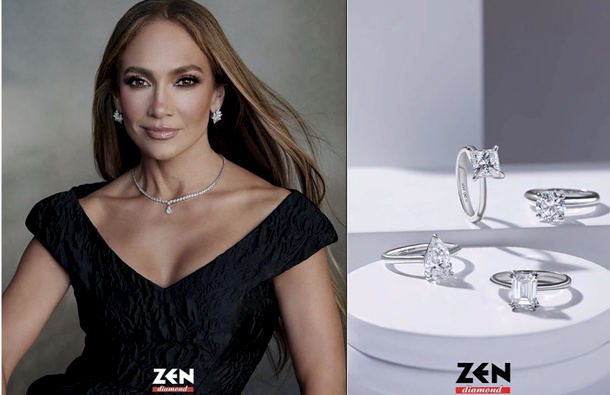
J.Lo, Four-Times Divorced, Promotes Engagement Rings
Jennifer Lopez, who has been married and divorced four times, is advertising diamond engagement rings for Turkish[…]
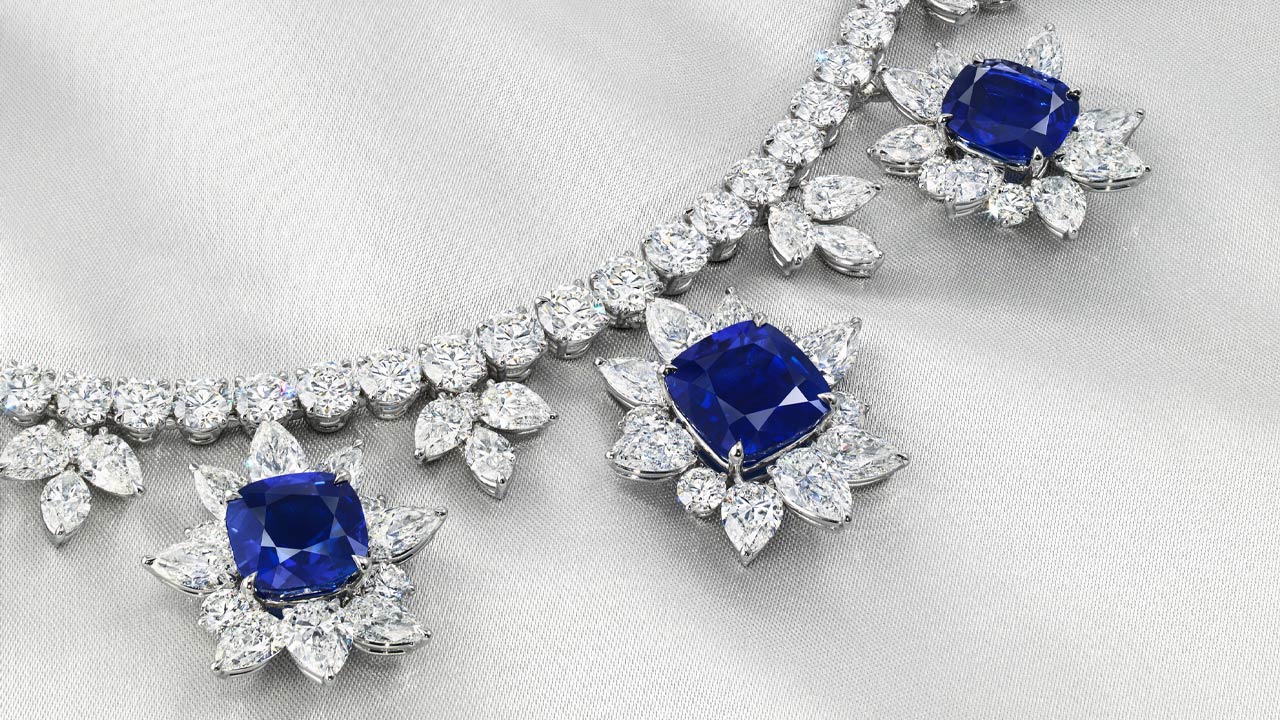
Kashmir Sapphire and Diamond Necklace Achieves $16.1M at Christie’s Hong Kong
A magnificent sapphire and diamond necklace was the star of Christie’s recent Magnificent Jewels auction in Hong[…]
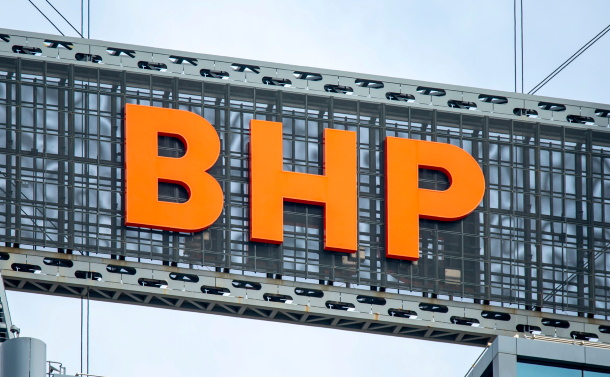
BHP Walks Away from Last-Ditch Bid for Anglo American
Mining giant BHP has walked away from a last-ditch attempt takeover bid for Anglo American, parent company[…]
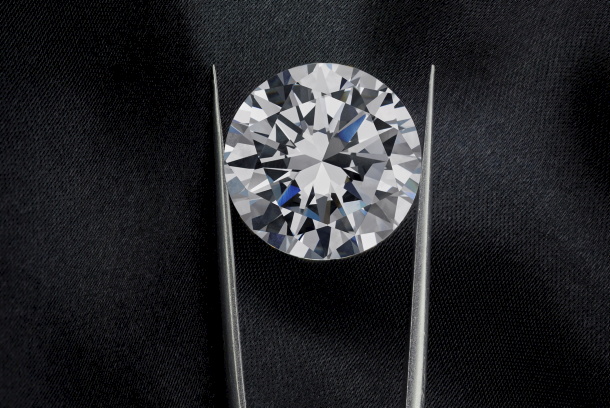
Couples Embrace Lab-Grown Diamonds as Engagement Trends Evolve for 2025
Australia’s engagement ring landscape is undergoing a rapid transformation, with new data revealing that 70% of couples[…]
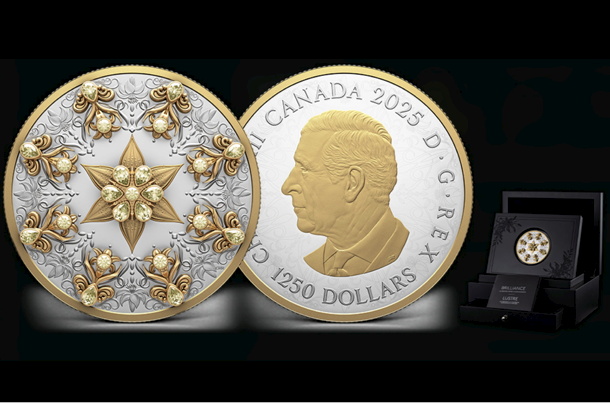
Canada’s $92,000 Yellow Diamond Coins
The Royal Canadian Mint has created a limited edition of 10 platinum coins, each set with at[…]

Conflict Diamonds: Nations that Vetoed New Definition
The Kimberley Process (KP) has again failed to reach agreement on a new definition of conflict diamonds.
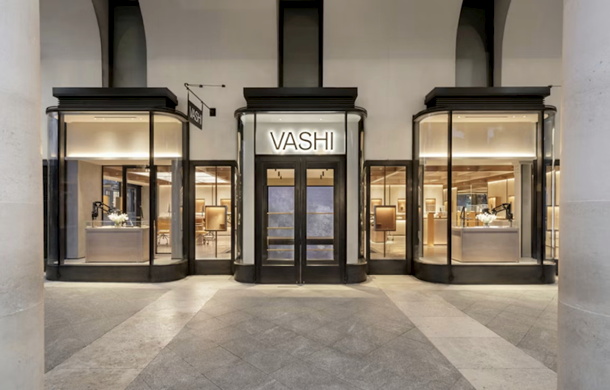
No Probe into Collapse of Diamond Brand with $220m Debts
The UK's Serious Fraud Office (SFO) decided not to investigate the luxury diamond jewelry brand Vashi, which[…]

Swarovski Cuts 400 Jobs at Austria HQ
Swarovski is to cut around 400 jobs at its headquarters in Austria and to reduce pay and[…]
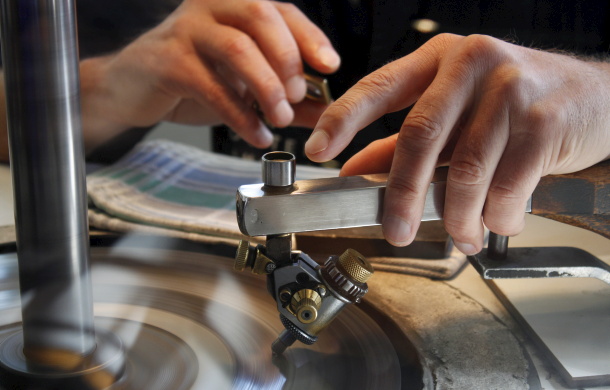
India’s Polished Exports Fall Sharply in October
India's cut and polished exports fell sharply in October to $1.026bn, down 27 per cent year-on-year and[…]
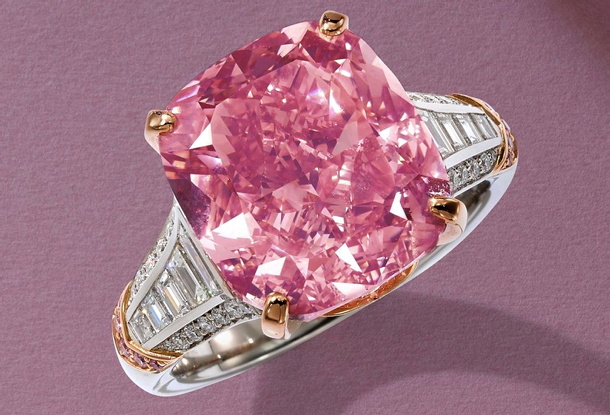
$20m Pink Diamond Pulled from Sotheby’s Sale
The Glowing Rose, a 10.08-carat vivid pink diamond that was expected to sell for around $20m was[…]
